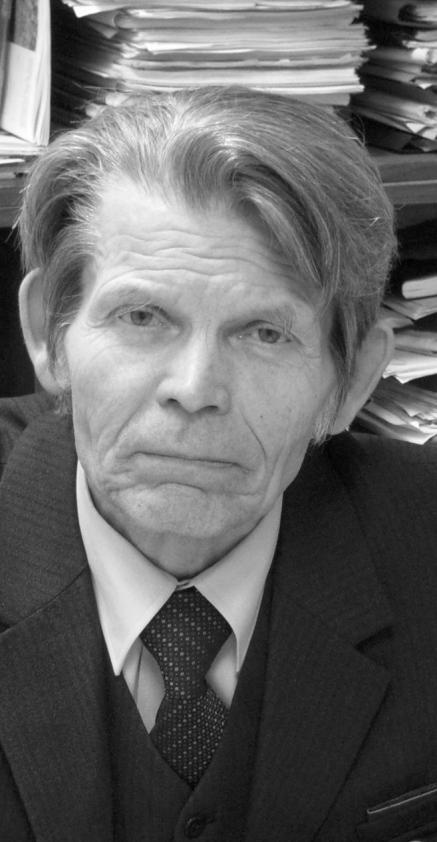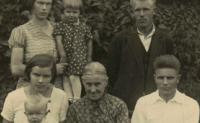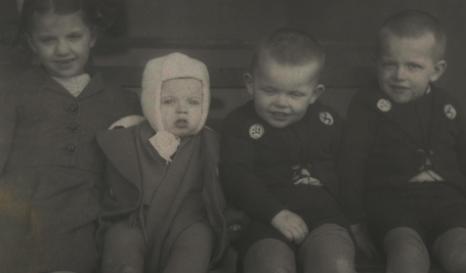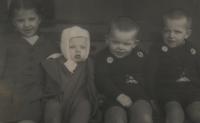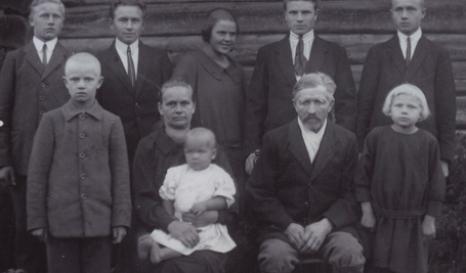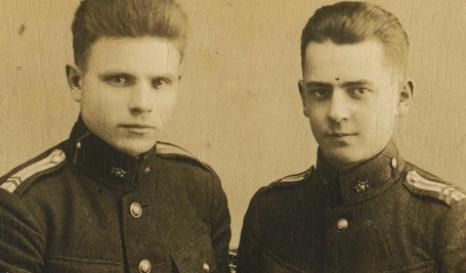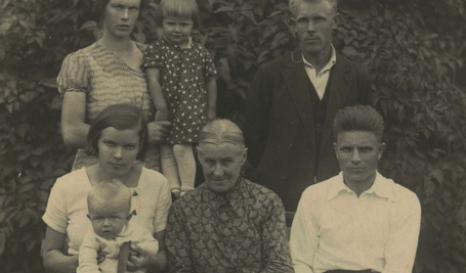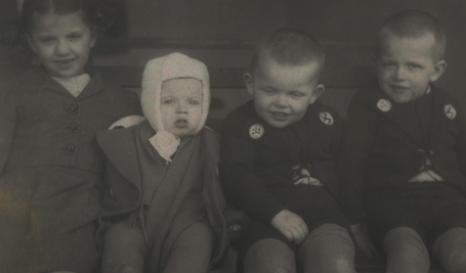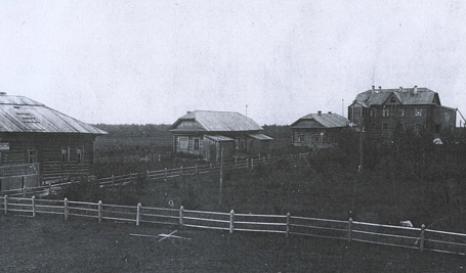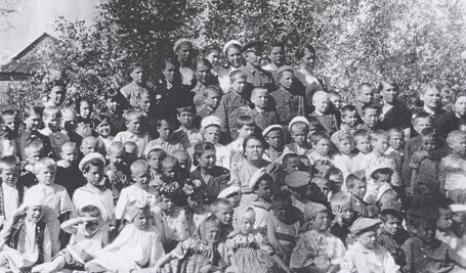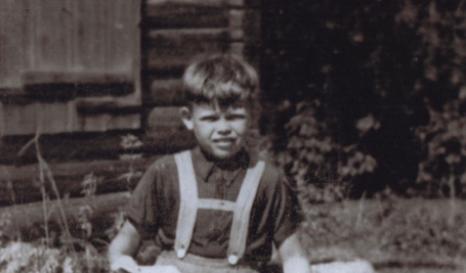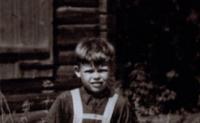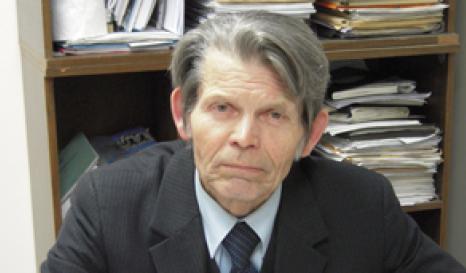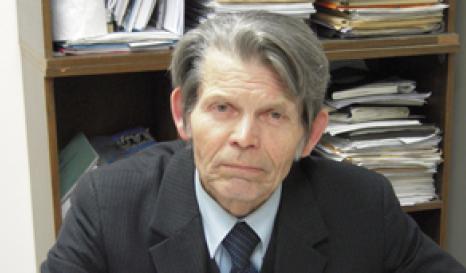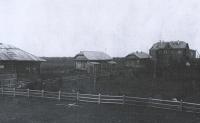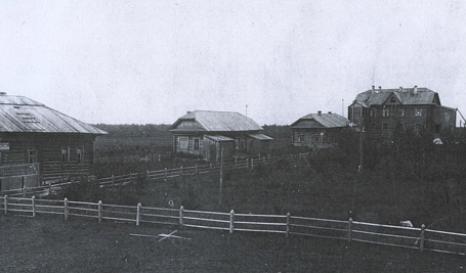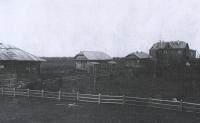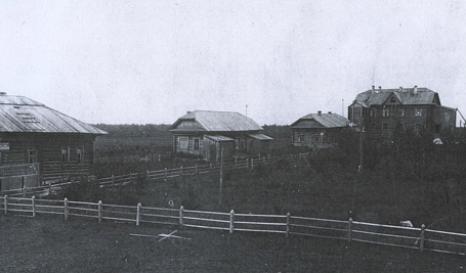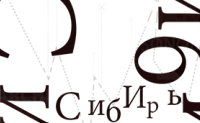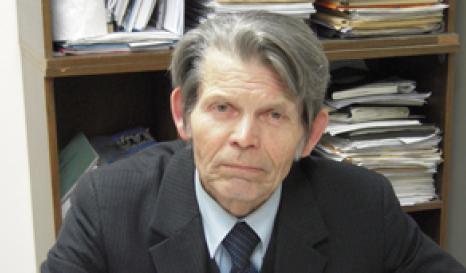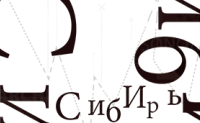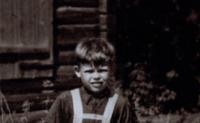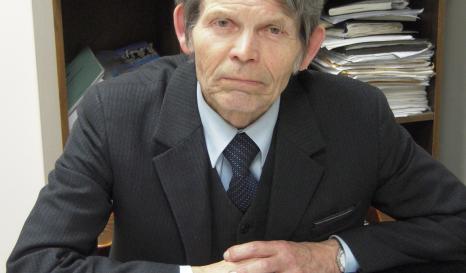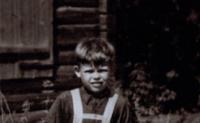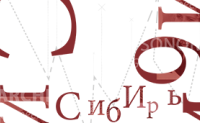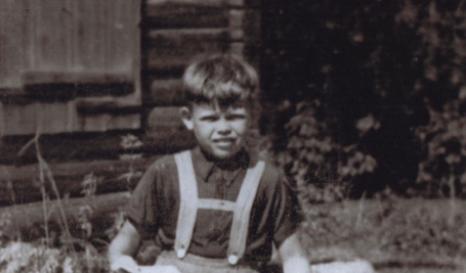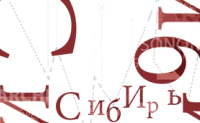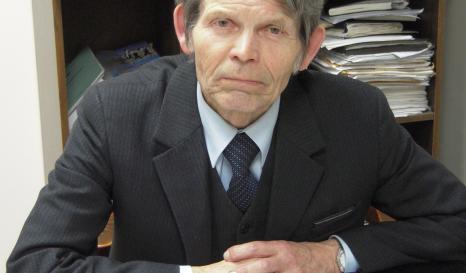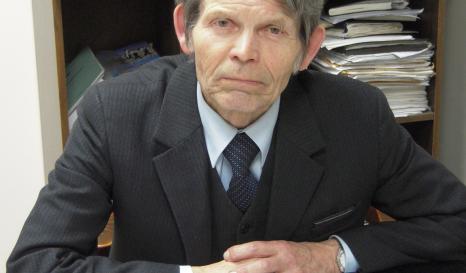BioGraphy
Peep VARJU
Peep Varju was four and a half years old in 1941 when he was separated from his father, who was sentenced to forced labour, and deported from Estonia to the Tomsk region with his pregnant mother, brother and sister. No member of his family survived the camp and resettlement. He was placed in a Siberian orphanage, where the children, left to themselves, had to face unimaginable daily violence. Peep fell ill with typhus and miraculously survived.
In 1946, following an exceptional measure allowing Latvian and Estonians orphans to return, initiated by the authorities (although even today the resettlers cannot believe in this unexpected clemency from the Soviets), he returned to Estonia and was adopted and brought up by his mother’s sister.
Later he became an engineer and followed an ordinary career in a state-owned enterprise. In 1989, together with other escapees, he founded the Memento association, whose aim is to bring together all those deported from Estonia and document and make known the memories of the Soviet era. Today he continues as the volunteer chair of the Tallinn office and actively collects archives and life stories.
The interview with Peep Varju was conducted in 2009 by Marta Craveri and Juliette Denis.


